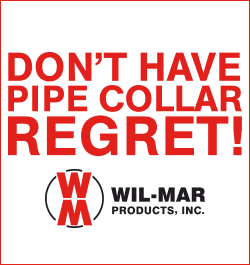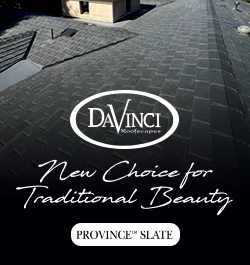7 Benefits of Polyurethane Foam Roofing

Closed-cell foam SPF is proving itself to be energy efficient, sturdy and a top-performing vapor barrier.
By SprayWorks Equipment Group
Benefit #1: History Proves It Since its development in 1955, Spray Polyurethane Foam (SPF), has revolutionized the way designers approach energy efficiency in building envelope design-making SPF one of the top choices among builders.
Benefit #2: Polyurethanes Continue to Grow You may have seen viral videos of polyurethane coated items being thrown off of rooftops and maintaining their integrity; eggs, bowling balls and more. As new uses for SPF are identified, the demand for SPF is growing in popularity.
Benefit #3: Highest Insulator in the Industry When you buy a car, one of the top things you look at is ratings! Safety, performance, comfort, style – are things you expect out of a car. The same goes for roofs! Customers want to know they don’t need to spend thousands of dollars in upkeep and excess heating bills. The closed cell spray foam version is one of the highest yielding R-values in the industry, rated at 6-6.5 per inch thick. Yielding R-30 in as little as 4¾” thickness.
Benefit #4: It’s Sturdy as Heck Closed-cell foam adds structural rigidity to roof decks and walls. Installed by spraying the liquid spray polyurethane foam to the substrate it immediately penetrates and becomes fully adhered rendering it virtually inseparable even under hurricane force winds. The surface to which the foam is applied essentially become one monolithic structure adding strength against racking yet flexible enough to withstand typical expansion and contracting loads. SPF has a long history in the roofing and coatings market where SPF roofs have recorded service lives in excess of 40 years performing in spite of nature’s highly destructive elements.
Benefit #5: Foam Roofing is Inexpensive It’s true, spray polyurethane foam is more expensive than single ply roofing membranes, but when it comes to retrofit roofing SPF’s ability to be applied to most any substrate with as little as a broom cleaning, the SPF provides containment of the existing roof membrane and a fully serviceable substrate for long-lasting coating systems.
Benefit #6 Flame Retarders Rock With its entry as a mainstream building and construction insulation, manufactures of the SPF’s are engineering spray foams with superior flame and smoke development ratings and actual thermal flame retarders limiting the actual spread of fires.
Benefit #7 Moisture Barriers are a Necessity No matter where you live- rain, snow, or moisture is a guarantee. Often requiring a protective coating to protect it from UV light degradation yet in its own right is a moisture barrier. SPF with its closed cell characteristics has a built in ability to withstand the formation or accumulation of moisture. A typical 2# density spray foam insulation is also a vapor retarder when installed at thicknesses greater than 2”.
About the Author SprayWorks Equipment Group is a spray foam and polyurea company; supplying equipment, training, mobile rigs, and parts – and the #1 distributor for PMC equipment. With nearly 100 years of combined experience, SprayWorks has knowledge in commercial and residential buildings, bridges, and infrastructure. SprayWorks provides training and education for new contractors and equipment operators; open cell, closed cell, polyurea & coating applications for interior & exterior building envelope design, waterproofing, below grade, bridge deck, barge, secondary containment all types of roofs and structures. For more information, visit www.SprayWorksEquipment.com.








-2.png)








Comments
Leave a Reply
Have an account? Login to leave a comment!
Sign In